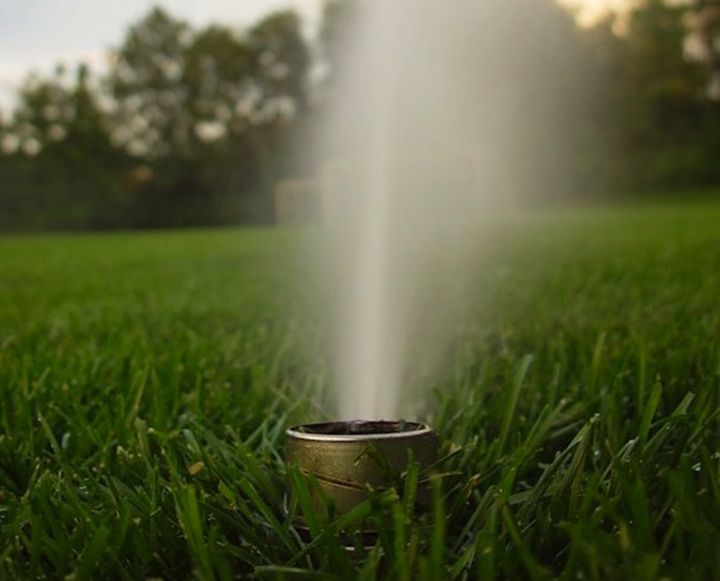5 Steps to Winterizing Your Irrigation System
November 13, 2018 | By webadmin
Our irrigation systems are hard-working and important in our Texas climate, but it’s easy to forget about transitioning systems between seasons. Winterizing your irrigation system can help you avoid repairs and save plants.

Even though our winters are pretty mild compared to most of the country, we do still experience freezes that can damage drip irrigation, nozzles, and exposed and shallow pipes. As water freezes, it expands, and then cracks plastic pipes. Often these cracks aren’t noticed because they are below ground, but can cause low pressure, improper watering, increased water bills and water waste. When hard-freezing weather is on the horizon, here are steps you can take to protect your irrigation system:
1) In cold climates you’ll need to shut off the main water supply to your irrigation system. This might not always be necessary here in Texas, but depending on how cold temperatures are forecasted to be, we may take this step.
- Make sure exposed piping or elements (such as spigots) are insulated from cold weather. Products like foam insulation tubing or tape found at hardware stores work great.
2) After shutting off the main water to your system, run your irrigation system manually through all irrigation zones. This will remove any pressure from the system and drain out the remaining water through the manual drain valve located at the ends and low points of your system.
- You can choose to drain your system by using an air compressor (you may have heard of irrigation “blowouts”), but we suggest you hire a professional to do so. DIY blowouts can damage the system and be dangerous if you’re inexperienced.
3) Once the cycle is complete, make sure to set your irrigation clock to OFF or RAIN-MODE. This will stop the programs from running.
4) You might need to drain and remove drip irrigation tubes (like those used in containers) if they are in an area of your landscape that is very exposed to the elements - such as a north side of a property without any wind protection.
5) Don’t forget about your hoses! Make sure to drain any water and move indoors to protect from the harshest of winter weather.
In addition to winterizing your system, winter is an ideal time to perform any needed repairs. No one wants to dig up their garden in spring - just when plants are growing and filling in - to repair existing systems or add new systems. In winter, when plants have died back or are semi-dormant, it’s easier to access irrigation pipes without causing plant damage.
Of course, irrigation systems can be tricky and intimidating for homeowners to navigate. We manage all seasonal irrigation needs for our customers. Give us a call to get your system winter-ready.
